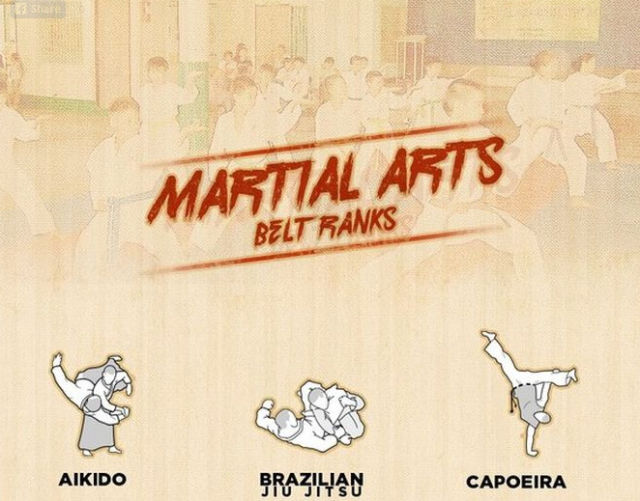In What Means Do Standard Martial Arts Focus On Self-Control Contrasted To The Competitive Nature Of Modern Battle Sporting Activities? Discover The Basic Distinctions That Can Impact Your Journey
In What Means Do Standard Martial Arts Focus On Self-Control Contrasted To The Competitive Nature Of Modern Battle Sporting Activities? Discover The Basic Distinctions That Can Impact Your Journey
Blog Article
Post Developed By-Keith Sexton
When you think of martial arts, do you lean much more towards the standard methods or the modern battle sports? Each path offers unique benefits and experiences, formed by their ideologies and training techniques. Click Webpage and self-control, while contemporary combat sports focus on competitors and performance. Recognizing these differences can lead you in choosing the appropriate technique for your trip. However how do these distinctions show up in training and ideology?
The Approach and History Behind Standard Martial arts
While lots of people link martial arts with physical combat, the viewpoint and history behind standard martial arts run much deeper. You'll discover that these disciplines stress individual development, discipline, and respect.
Originating from ancient methods, traditional martial arts were often created for Self-Defense and spiritual advancement. They symbolize concepts such as equilibrium, harmony, and self-constraint, leading experts past plain fighting abilities.
As you train, you'll not just discover techniques yet likewise get insights right into the culture and worths that shaped these arts. The rituals and traditions, frequently passed down through generations, foster a sense of neighborhood and belonging.
The Affordable Nature of Modern Fight Sports
Modern combat sporting activities have transformed the landscape of martial arts into a very affordable field, where professional athletes take on in an examination of ability, strategy, and endurance.
You'll observe that competitions are usually arranged with stringent rules and policies, making sure fair game and safety and security. These occasions bring in large target markets, sustaining the exhilaration and strength of matchups.
Professional athletes train carefully, not just for physical prowess but also for psychological toughness, knowing that every information counts in the ring. The adrenaline thrill throughout competitions is apparent, as fighters push their limits to assert victory.
Fans appreciate the athleticism and artistry entailed, making contemporary battle sports a thrilling spectacle that continues to evolve and mesmerize lovers all over the world.
Training Methods and Strategies: A Relative Analysis
The competitive environment of contemporary combat sports needs ingenious training techniques that differ significantly from conventional martial arts.
In modern-day training, you'll concentrate on specific techniques, competing, and conditioning, frequently making use of drills that mimic real battle situations. You'll see a focus on quantifiable efficiency and frequent competitors to examine your skills.
In contrast, conventional martial arts prioritize kinds, katas, and philosophical trainings, usually stressing discipline and respect over competitors.
Training is normally less intense and might include repeated practice instead of real-time sparring.
While both techniques construct skill and health and fitness, modern combat sports supply an extra dynamic and versatile training atmosphere, preparing you for prompt difficulties in the ring or cage.
Choose the path that lines up with your objectives and interests.
Conclusion
In picking between typical martial arts and modern-day battle sports, it actually boils down to what you value many. If you're trying to find personal development, technique, and a sense of neighborhood, conventional arts may be your best fit. Yet if female martial arts instructors near me grow on competitors and real-time obstacles, modern-day battle sporting activities could be the way to go. Eventually, both courses offer unique benefits, so it's everything about aligning your training with your personal objectives and rate of interests.
